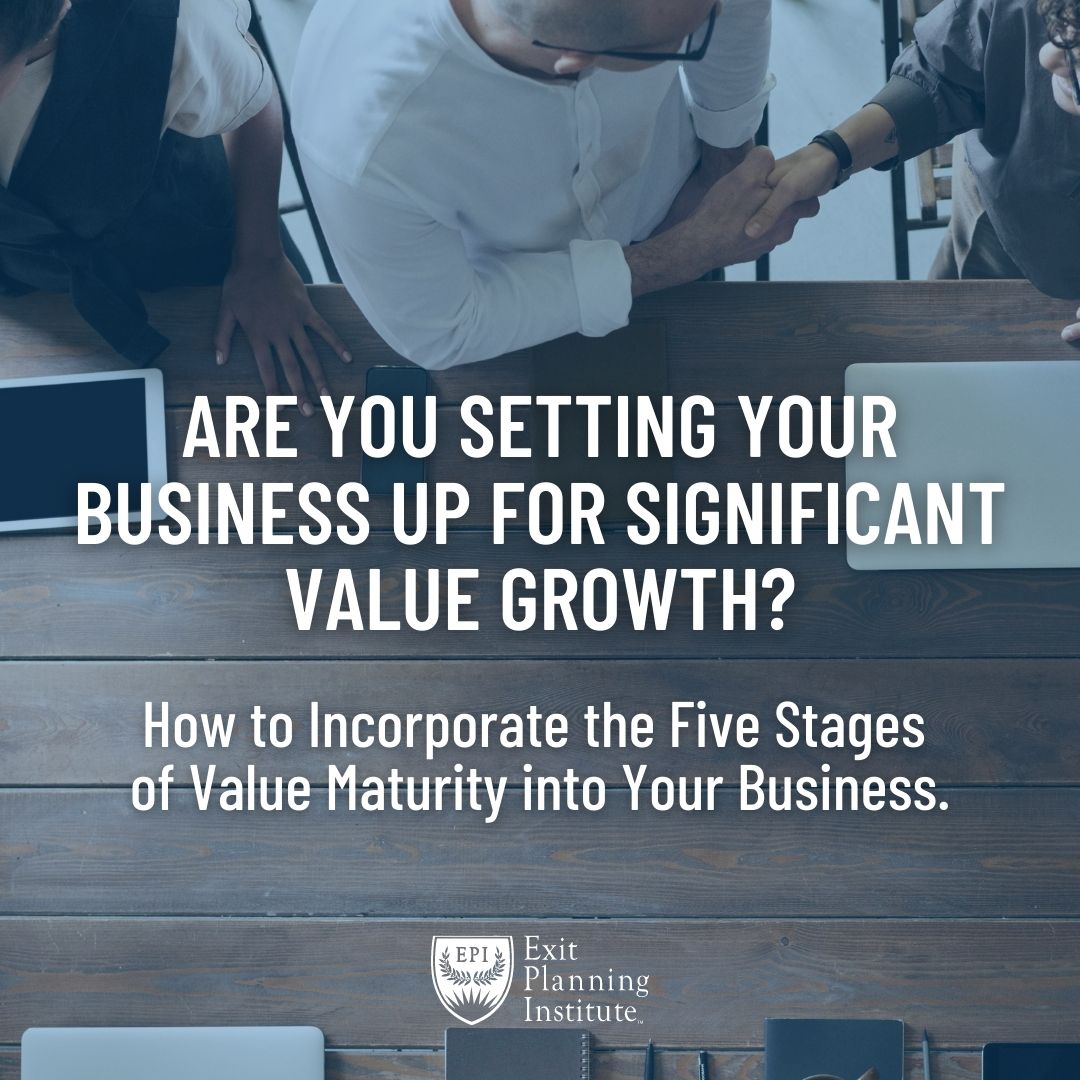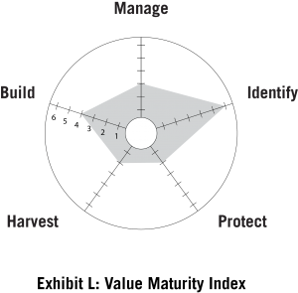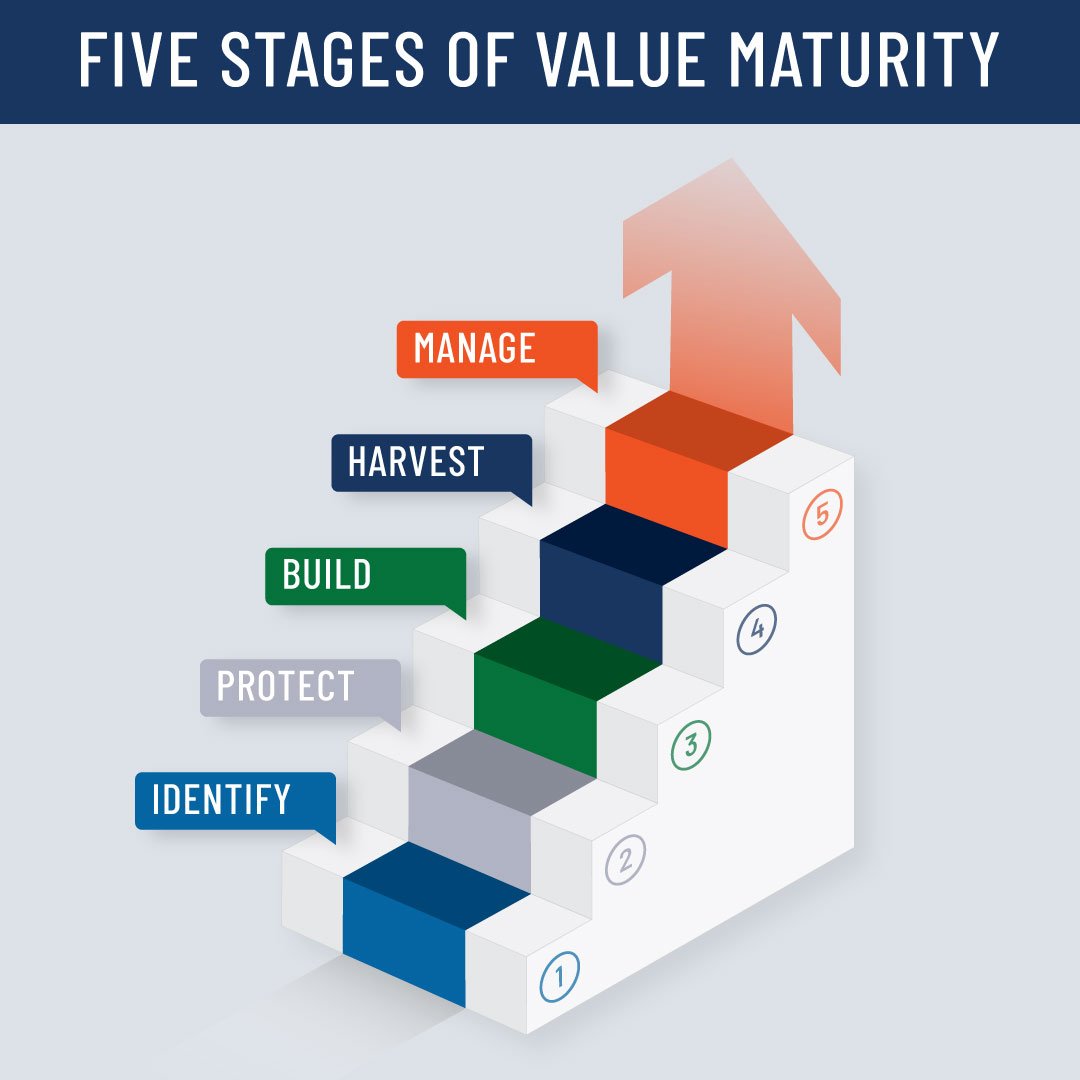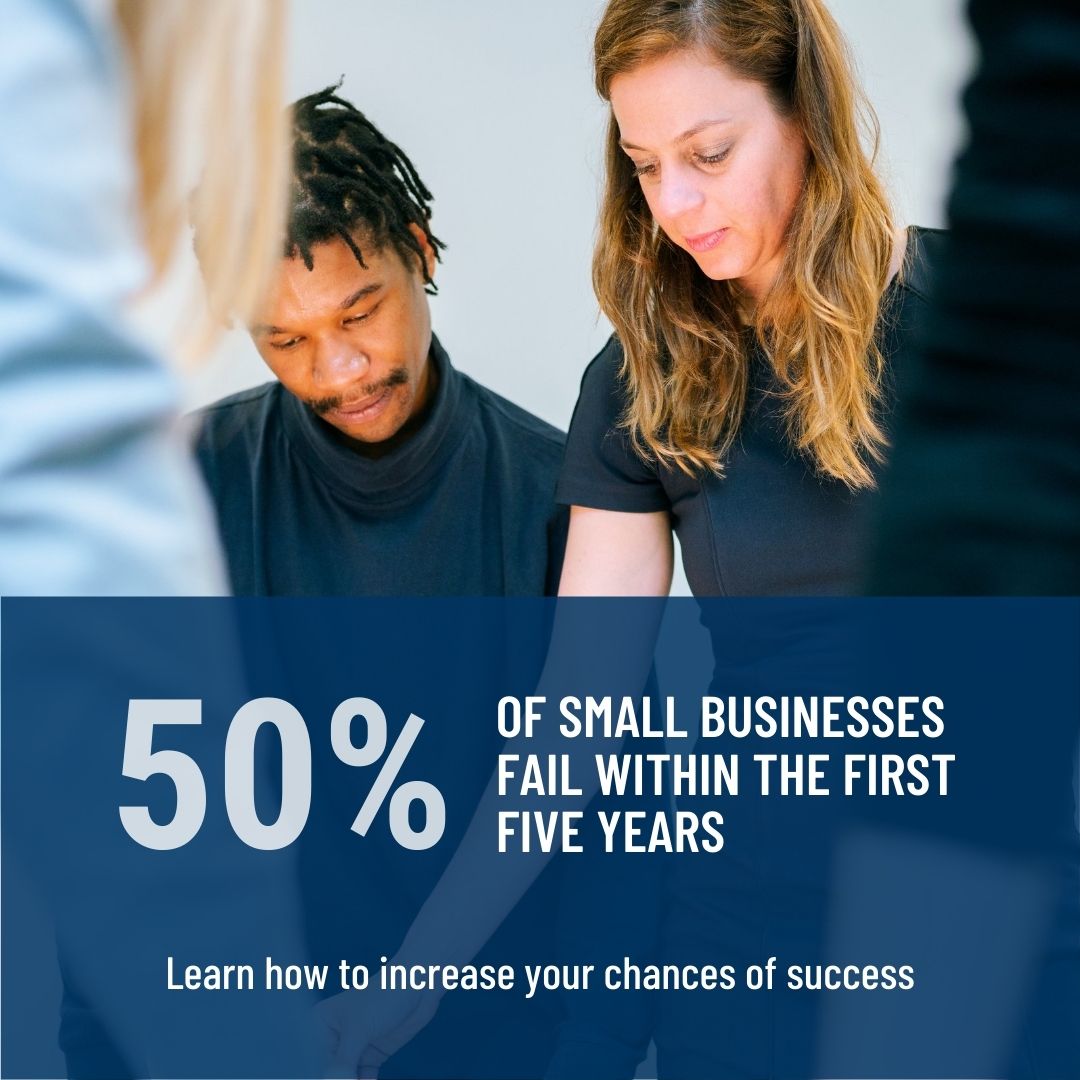
THE EXIT PLANNING BLOG
Keep up-to-date with exit planning, succession planning, industry trends, unique specialty insights, and useful content for professional advisors and business owners.
Share this
Are You Following the Five Stages of Value Maturity?
by Colleen Kowalski on February 21, 2022

Owning a business comes with more than its fair share of risks. To increase value and minimize risks in your business, you should follow the Five Stages of Value Maturity as detailed in Christopher Snider’s book, Walking to Destiny.
The Five Stages of Value Maturity is one of the core concepts of the Value Acceleration Methodology. In its simplest form, it shows the five stages a business owner must take to successfully grow and harvest the value in their company so they can manage it for a lifetime. Following these five stages will allow a business owner to embrace and integrate the Value Acceleration Methodology into their company. Thus, taking their company from annual year over year success to a significant company that is attractive and ready to be sold.
The Value Acceleration Methodology and Five Stages of Value Maturity can seem overwhelming for a business owner. We provided a simple overview of each stage that can be used in discussions with your business owner clients.
Identify
Roughly 80-90% of your net worth is locked in your business. In order to maximize your value, you must set up a system to determine the value hidden in your business. According to Walking to Destiny, “the ability to unlock that value at some point in the future will make a significant difference to your lifestyle and, at the exit, will fund your next act.” It is difficult to plan out your next act without having a professional business valuation.
Conducting an annual business valuation will help determine what factors to focus on in the interest of accelerating the value of your business. A valuation highlights areas of risk, shows what improvements have been made to the business, and most importantly, helps ensure the business owner’s goals are being met.
Protect
After identifying your baseline business value, you must protect that value by mitigating any risks associated with it. It is in this stage of the Five Stages of Value Maturity in which business owners and advisors create a prioritized action plan to organize risks.
Risks are divided into three categories: personal, financial, and business. Christopher Snider writes in Walking to Destiny, “protecting value is the first step in building value.”
One of the most effective ways to protect the short-term and long-term value of a business is to ensure that it can be run effectively without the owner. Decentralizing the business owner prepares the business for the owner’s eventual exit in the present. Thus, the business would have written procedures, detailed financials, and a customer base that is not solely the owner’s responsibility.
Build
Once you have protected your existing value, your focus can expand to building value. There are two ways to build value: increase your cash flow (EBITDA) and improve your multiple. Your multiple is the number assigned by the private capital market to the value of your tangible and intangible assets and their associated risks. Intangible assets include Human, Structural, Customer, and Social Capital. Improving your intangible capital is critical to building business value.
The strength of the intangible capital in your business is one of the key drivers of value. According to Walking to Destiny, “62% of owners indicated that finding and retaining top talent is the biggest challenge they face.” When working on your employee development plans, follow a series of steps that encourage growth in your employees and your business.
The Social Capital in your business incorporates this purpose, reflects your organization’s vision, and is ever-present in the day-to-day operations of your business. In a business, the strength of the social capital also begins with strong foundational elements; the organization’s vision and purpose.
Customer Capital has become more than goodwill, it translates into the lifetime value of a customer, which has ongoing financial value to the business.
The most robust of all intangible capitals is Structural Capital. It encompasses everything that makes your company work efficiently. The process, documentation, training programs, technology, tools, equipment, and real estate.
Harvest
After building your business value, it is time to harvest the fruits of your labor. There are numerous paths your business exit can take. You should invest in an investment banker and business advisor to get the most value out of your exit. You might discover that after reviewing your options, you decide not to sell your business and instead transition the company to a son or daughter, sell the real estate and keep the company, or continue to build value.
The problem owners face when it comes to harvesting the value in their business is their inability to differentiate between enterprise value and net proceeds. Net proceeds is what an owner nets after paying taxes, fees, debts, and any other costs associated with selling their business. So while their business value might be high, they will almost never end up with the full value of the business.
Manage
Chris Snider writes in Walking to Destiny, “Manage Value is the last stage of the Value Maturity, but that’s not because it comes at the end after you harvest. It’s last because it represents full maturity.” You most likely manage value throughout the course of your business lifecycle. However, the most important time to do so is while exiting your business. To achieve the most value, you must manage not only your business value but your personal and personal financial value as well.
One of the most essential components in the Manage stage is the management of an owner’s business value and the wealth acquired from the sale of their business in their next act. Defining a path for the owner’s wealth to take in advance of selling their business is paramount.
The Value Maturity Index
Learn where you score in each segment of value maturity by completing the Value Maturity Index. Give yourself a score of six if you have fulfilled everything in a category. Score yourself a one if you have done nothing at all in the segment. This one to six scale is referred to as “Common Sense Scoring.” It eliminates the option to rate your business as “average” by removing a middle option. Draw a line connecting each segment and shade in the area. The non-shaded area represents your area for improvement. Every 90 days complete this simple index to highlight how your value has grown.

Are you interested in learning more about the Five Stages of Value Maturity? Request our whitepaper “Understanding Your Business Value: Utilizing the Five Stages of Value Maturity to Ready Businesses (and Business Owners) for an Exit.”
We interviewed nine exit planning experts about each of the five stages to create a comprehensive guide to understanding business value.
Share this
- Blog (545)
- CEPA (420)
- exit planning (249)
- CEPA community (187)
- Business Owner (169)
- Exit Planning Summit (95)
- EPI Chapter Network (89)
- Value Acceleration Methodology (79)
- Exit Planning Partner Network (76)
- EPI Announcement (49)
- Content (48)
- Webinars (37)
- Excellence in Exit Planning Awards (33)
- Marketing (30)
- 2024 Exit Planning Summit (28)
- 5 Stages of Value Maturity (26)
- Books (24)
- EPI Academy (24)
- Exit Planning Teams (22)
- EPI Team (21)
- Leadership (21)
- 2023 Exit Planning Summit (20)
- family business (20)
- women in business (19)
- Intangible Capital (18)
- Exit Options (17)
- Black Friday (16)
- CPA (15)
- Walking to Destiny (15)
- State of Owner Readiness (14)
- Chapters (13)
- Chris Snider (12)
- National Accounts (12)
- Small business (12)
- charitable intent (12)
- personal planning (12)
- Financial Advisors (11)
- Season of Deals (9)
- 5 Ds (8)
- About us (8)
- Podcast (8)
- Insiders Bash (7)
- Scott Snider (7)
- Christmas (6)
- Exit Planning Content Library (6)
- Case Studies (5)
- Owner Roundtables (5)
- Value Advisors (5)
- financial planning (5)
- Awards (4)
- Circle of Excellence (4)
- Exit & Succession (4)
- Five Ds (4)
- Three Legs of the Stool (4)
- executive training (4)
- Owners Forum (3)
- author (3)
- forbes (3)
- DriveValue (2)
- EPI Thought Leadership Council (2)
- Exit Is Now Podcast (2)
- Peter Christman (2)
- Veteran (2)
- Whitepapers (2)
- Business Owners Forum (1)
- SOOR (1)
- business consultants (1)
Subscribe by email
RELATED ARTICLES






